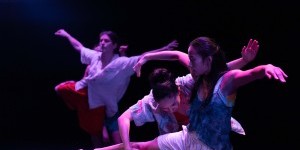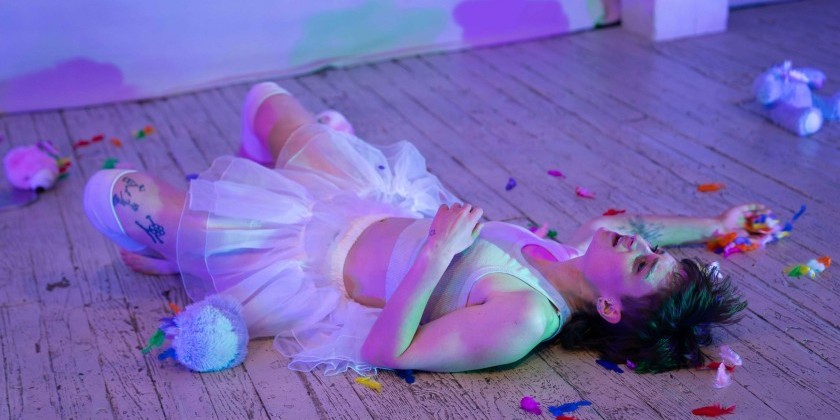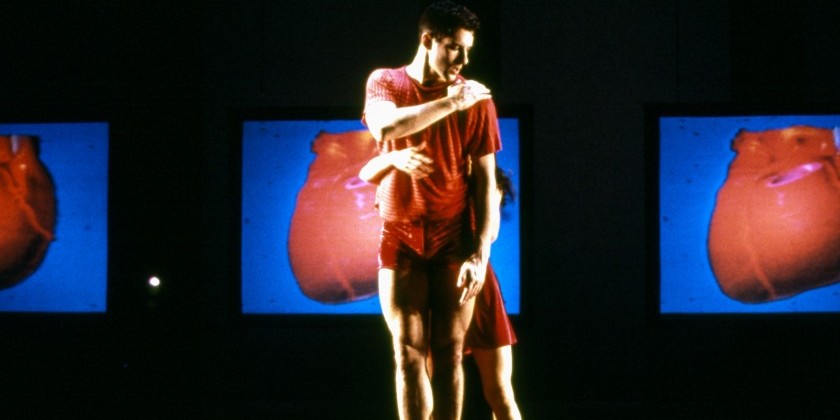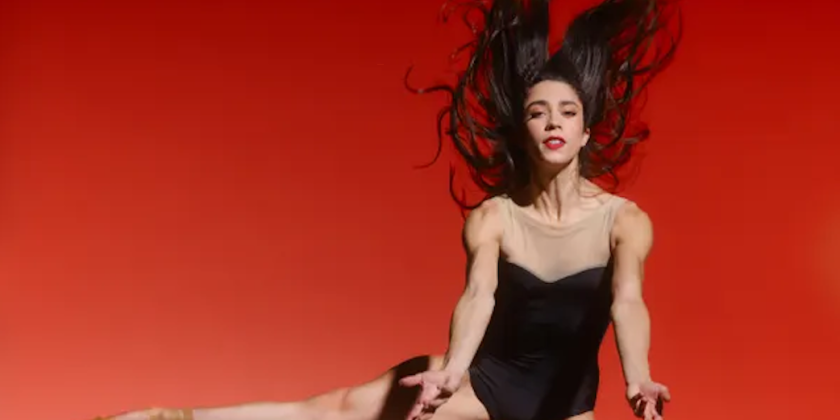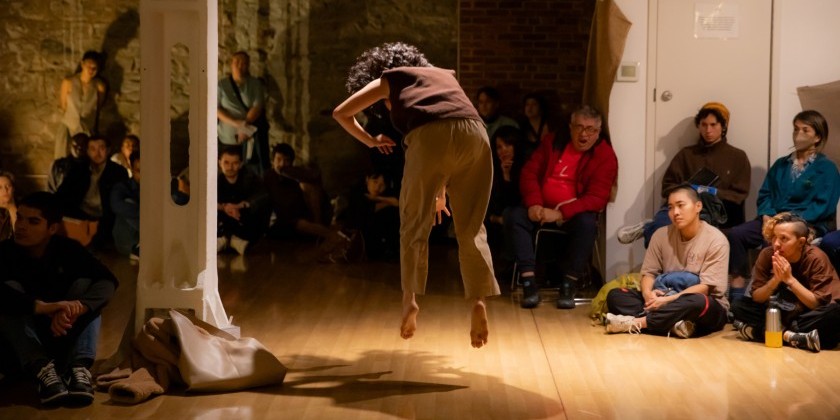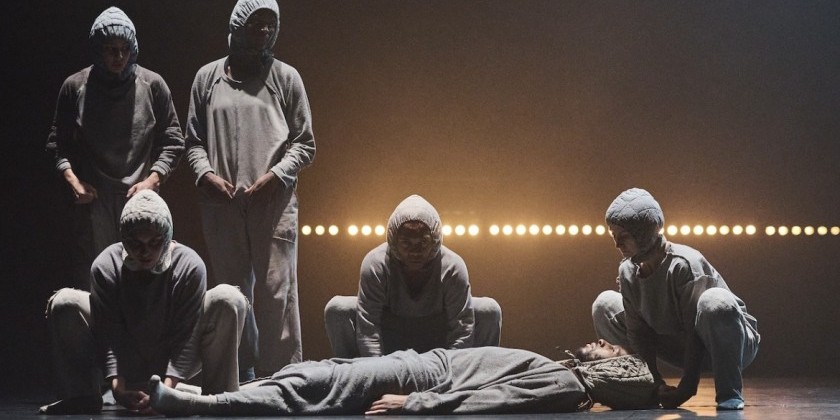AUDIENCE REVIEW: Rush Johnston presents "Keeping Watch" (Review 2)
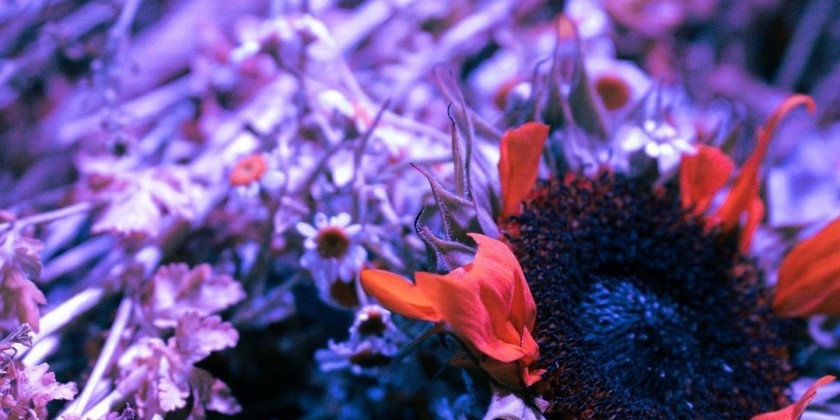
Company:
Rush Johnston
Performance Date:
June 23, 2023
Freeform Review:
I interpret Keeping Watch as a guided tour through the upbring of choreographer and performer Rush Johnston. Johnston, a queer artist born and raised in South Carolina, came from a traumatic cultural environment. Their experience is presented to us matter-of-factly, and it's complex emotional depths are excavated through movement.
Keeping Watch is movement focused, and incorporates oratorial elements. Occasionally Johnston will verbally address the audience, prefacing a certain moment or emotional experience from their life, before exploring it in-depth through movement. This puts the audience in a vulnerable position, as we are only being directly engaged with selectively. The 4th wall is broken by Johnston's voice, and then re-assembled by their choreography. The result is a sense that we are privy to something incredibly private, and feel exposed in a way that links us directly to Johnston during their movement.
At one point Johnston dances to an intimate, acoutic guitar cover of "Dream A Little Dream of Me". Johnston is in a yellow sundress, a color that they remark is "my mother's favorite color, and it took me a long time to accept it was my favorite too". Reconciliation seems to come to the forefront. Reconciliation with things you once loved that were tainted by peripheral trauma, and perhaps by extension, reconciliation with a person who may never fully understand or take accountability for their role in your trauma.
An excerpt from a homphobic pastor's sermon, who calls for queer folk to be round up and shot in 2022, is played while Johnston pantomimes their own execution. Images from protests featuring signs that say "Turn to Jesus or Burn" and "God Destroyed Sodom & Gomorrah As An Example" are shown on a projector screen and distributed to the audience as photographs. There is no interpretive guesswork needed, the audience simply needs to use their eyes and see the bigoted hell that queer folk are continually made to live in. This makes the final sequence of Keeping Watch especially potent. We see a disrobed Johnston, silhouetted against a pale blue backdrop, crushing and spreading a fig across their body, an action mirroring the so called "Original Sin" of Eve. In the context of this queer person's narrative, the biblical transgression begets a moment of intense healing and freedom, evident in the euphoria Johnston portrays as they contemplate the fruit's texture on their skin.
Keeping Watch is, in my view, steeped in grief but ultimately hopeful. Johnston surmounted the sociocultural misery of their upbringing, and went on to translate that painful experience through a powerful work of art. Countless queer folk have, are, and may yet still experience the situations presented in Keeping Watch, and the potential for Johnston's work to be a beacon for those who desperately need to feel seen and understood should not be underestimated.





